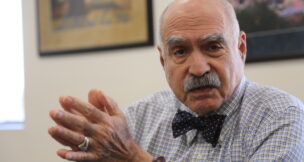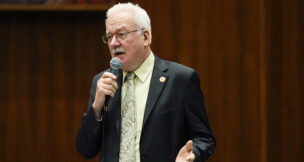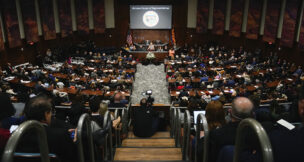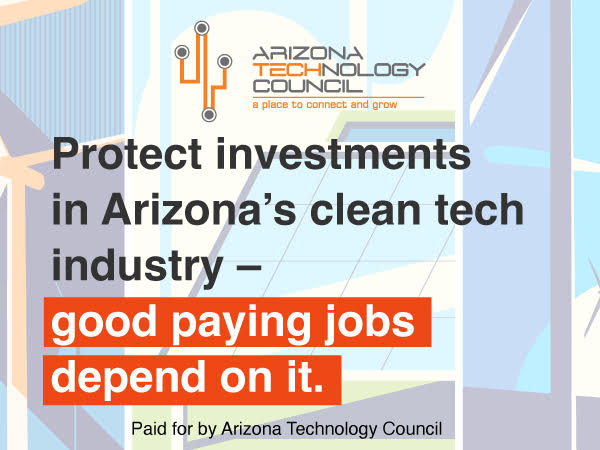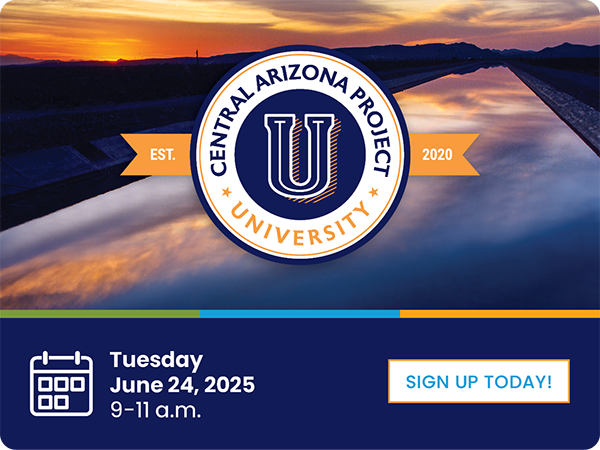Latino families absent from Arizona ESA coverage
Krissia Campos Spivey//September 4, 2024//
Latino families absent from Arizona ESA coverage
Krissia Campos Spivey//September 4, 2024//
As school choice policies expand, I noticed a rise in criticism for these programs without an accurate consideration of the families they serve. For example, this article from CNN in June, “Arizona is sending taxpayer money to religious schools — and billionaires see it as a model for the US,” focused on Arizona’s Empowerment Scholarship Account program, but misses so much about the program. Most glaringly, this piece of over 3,300 words neglected to include any Latino voices, despite Latinos comprising one-third of Arizona’s population and 45% of its K-12 student population – and is projected to exceed 50% by 2026. This oversight highlights a broader problem with school choice critics: their arguments often come from ideological biases rather than practical concerns for the students and worse yet, disadvantaged children.

As a proponent of school choice in all its forms — including traditional public schools, public charters, public magnet schools, online schools, homeschooling, and the new microschooling — I believe that it should be up to parents to make decisions about their children’s education. As a mother whose children attend a traditional public school, I am not opposed to public education. On the contrary, my family has loved our traditional public schools for over eight years, and I believe a child can find the ideal educational fit in any type of school. Because of that, I take issue with critics of ESA programs that fail to include the perspectives of people like me, a Hispanic parent.
Critics’ Ideological Bias
Critics of school choice often base their opposition on ideological grounds rather than addressing the practical benefits of such programs. Many of these critics are comfortable and well-established individuals who lack firsthand experience with the struggles faced by disadvantaged families. This mirrors what I see on a national level with school choice critics — they get so wrapped up in ideologies that it is easy for them to lose the perspective of the families and the students benefiting from the programs. According to a survey by the National School Choice Awareness Foundation, 76% of Black parents and 66% of Hispanic parents considered a new school for their children in 2023. Additionally, 63% of Black parents and 53% of Hispanic parents are considering exercising school choice in 2024. These statistics show the significant demand for school choice among minority communities
Benefits of School Choice
Numerous data points support the benefits of ESA and Arizona’s ESA programs. In fact, 70% of private schools in Arizona serve students with special needs, providing tailored educational environments. Arizona’s ESA program is projected to cost the state $332 million in the current fiscal year, potentially increasing to $429 million next year, but it represents only 2% of total K-12 spending in Arizona. Furthermore, cross-district open enrollment policies (traditional public school transfers) and universal private school scholarships enable 32% of publicly funded students in Arizona to attend the school of their choice.
The True Human Impact
Beyond the numbers, school choice significantly impacts families on a personal level, and Hispanic voices are not even invited to the debate. As a Hispanic mother running a program supporting Hispanic families exploring educational options, my team has had one-on-one conversations with over 700 Hispanic parents in the last 12 months. Like many others, these parents care deeply about their children’s education and often seek better opportunities. I don’t believe it is a coincidence that the largest minority group represented in K-12 education supports school choice policies that provide access to greater educational options. Latino students disproportionately face greater achievement gaps and challenges compared to their peers as they navigate their educational experience. We have encountered parents of special needs children, parents of English learners mistakenly placed in special education, and parents eager to utilize open enrollment policies to transfer to another traditional public school of their choice. Additionally, many parents seek charter schools with Spanish immersion programs to maintain our linguistic heritage. These diverse needs highlight the importance of providing various educational options to meet each student’s unique requirements. Truthfully, I have never had a conversation with a Hispanic parent against school choice policies.
Education is the most crucial tool for the growth of this country and our democracy. With 28% of K-12 students being Latino, it is essential for critics and lawmakers from all spectrums to consider this group of the population — not only because it is the right thing to do, but also because it is the smart thing to do. School choice offers numerous benefits, especially for disadvantaged families seeking better educational opportunities for their children. To truly support our nation’s growth, we must move beyond ideological biases and focus on the practical, human impact of these programs.
Krissia Campos Spivey is the director of Conoce tus Opciones Escolares, a national school choice awareness foundation.













